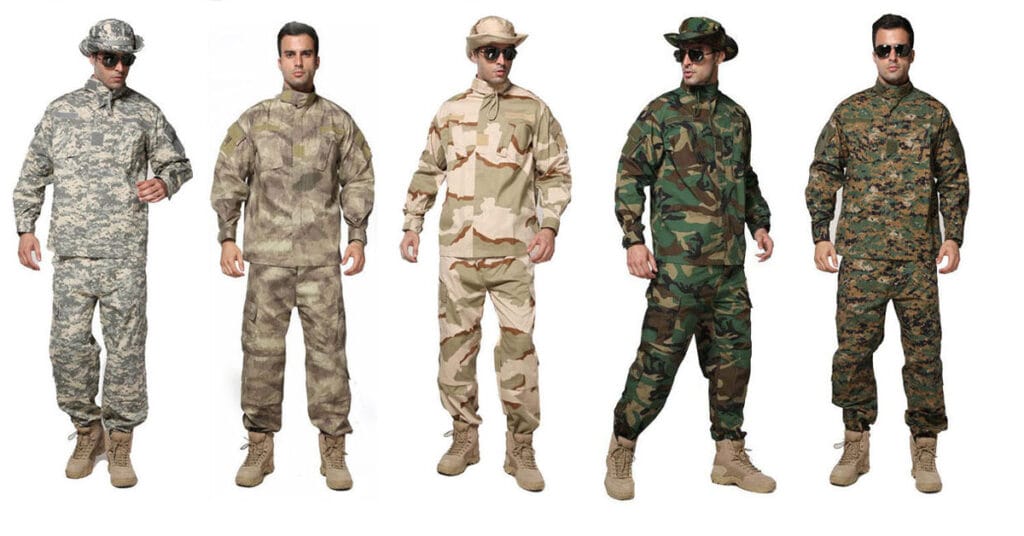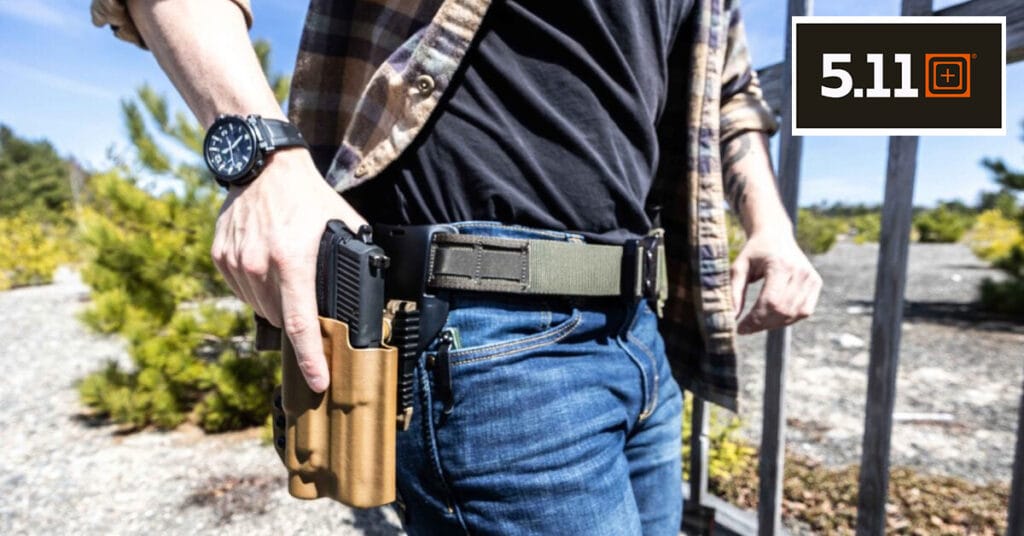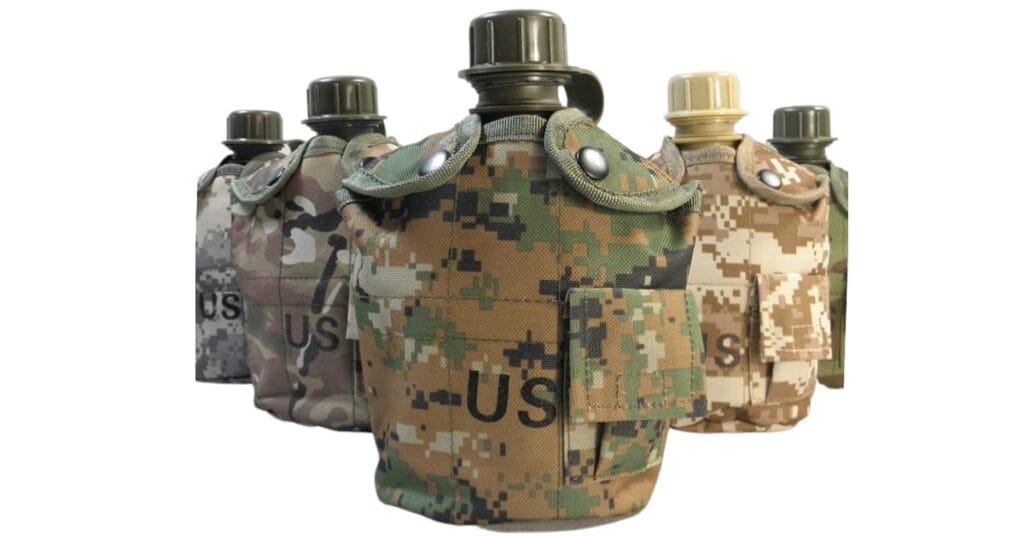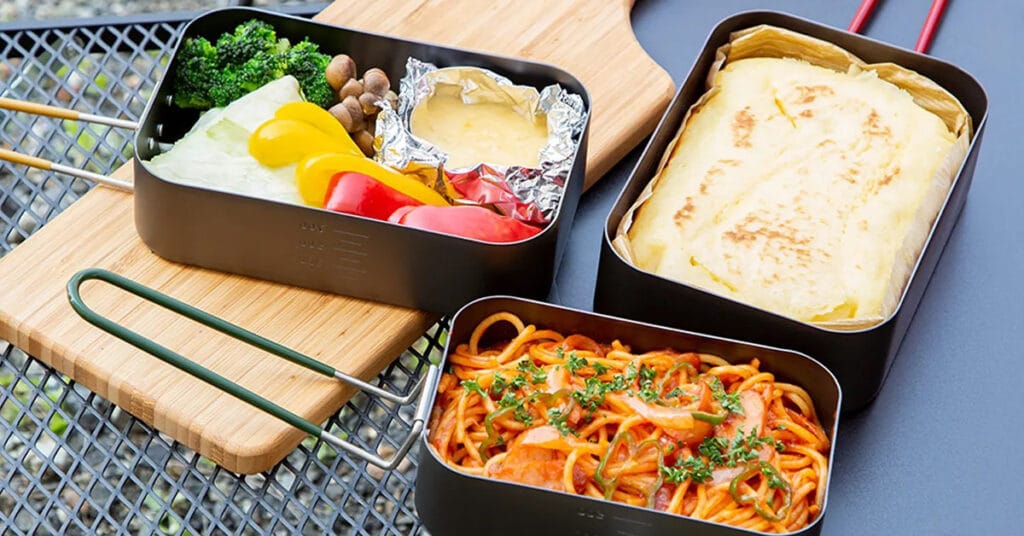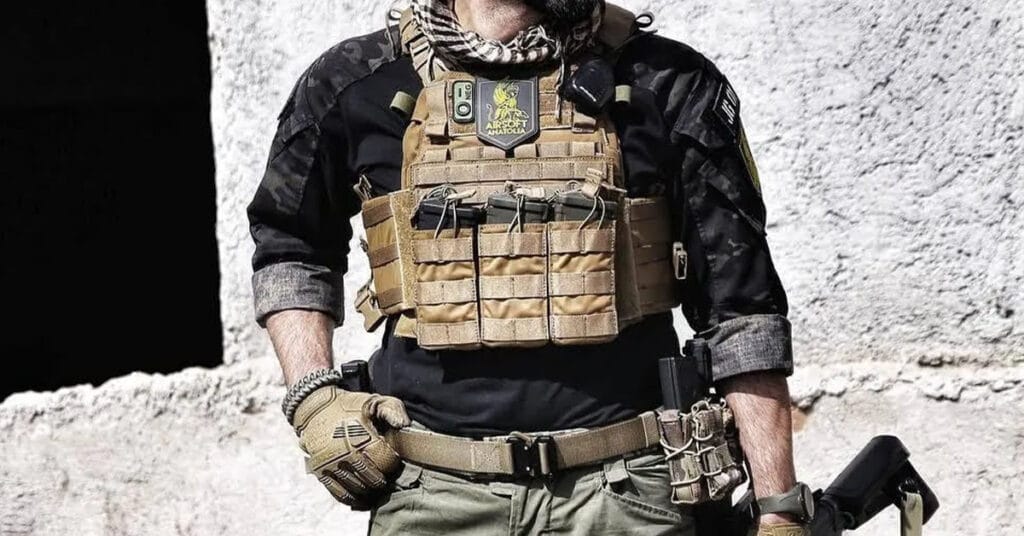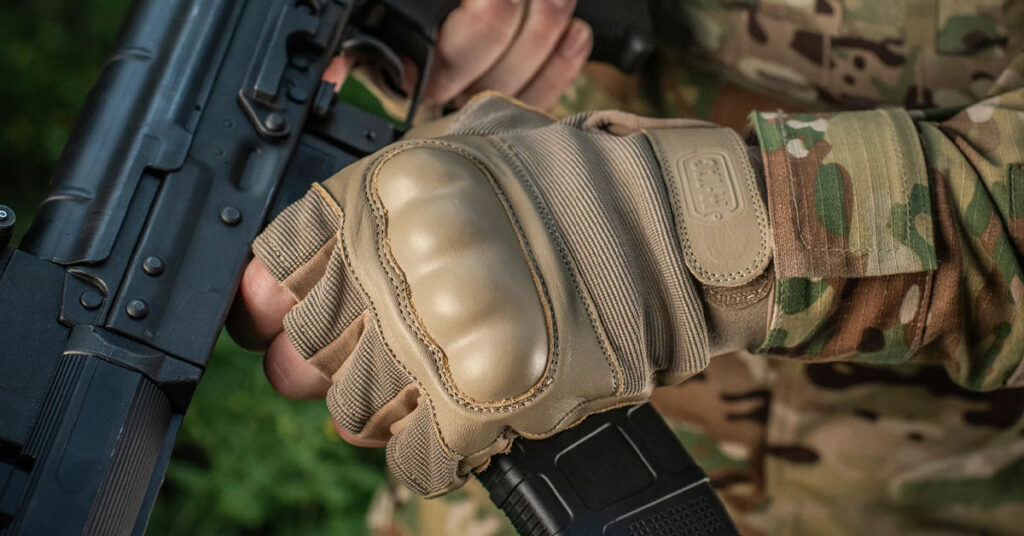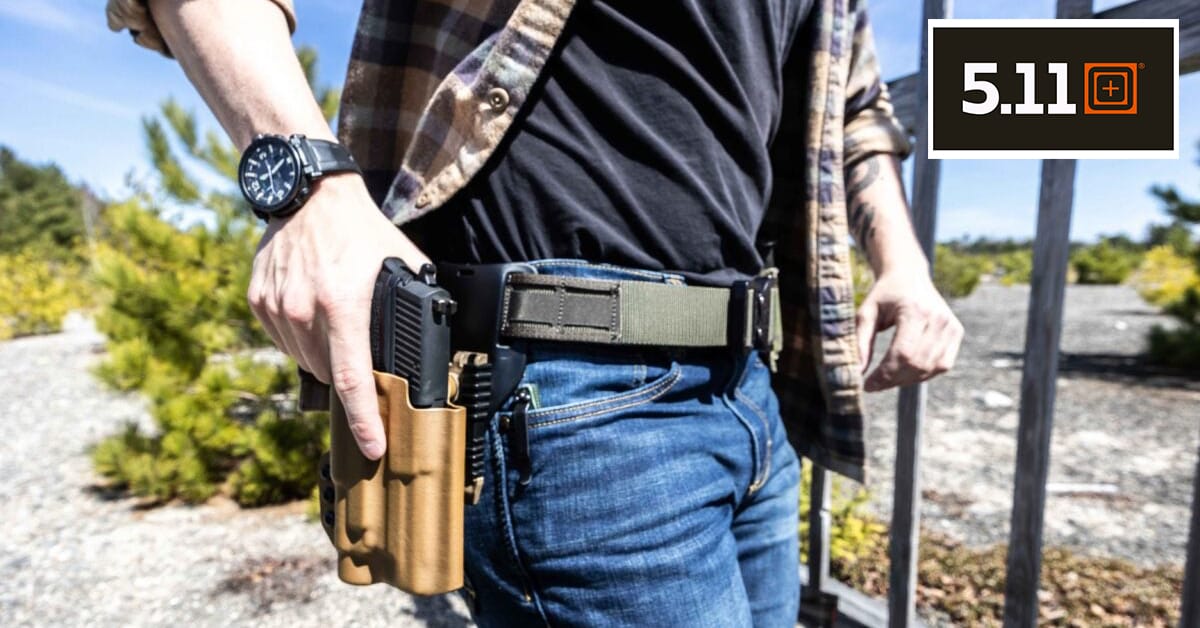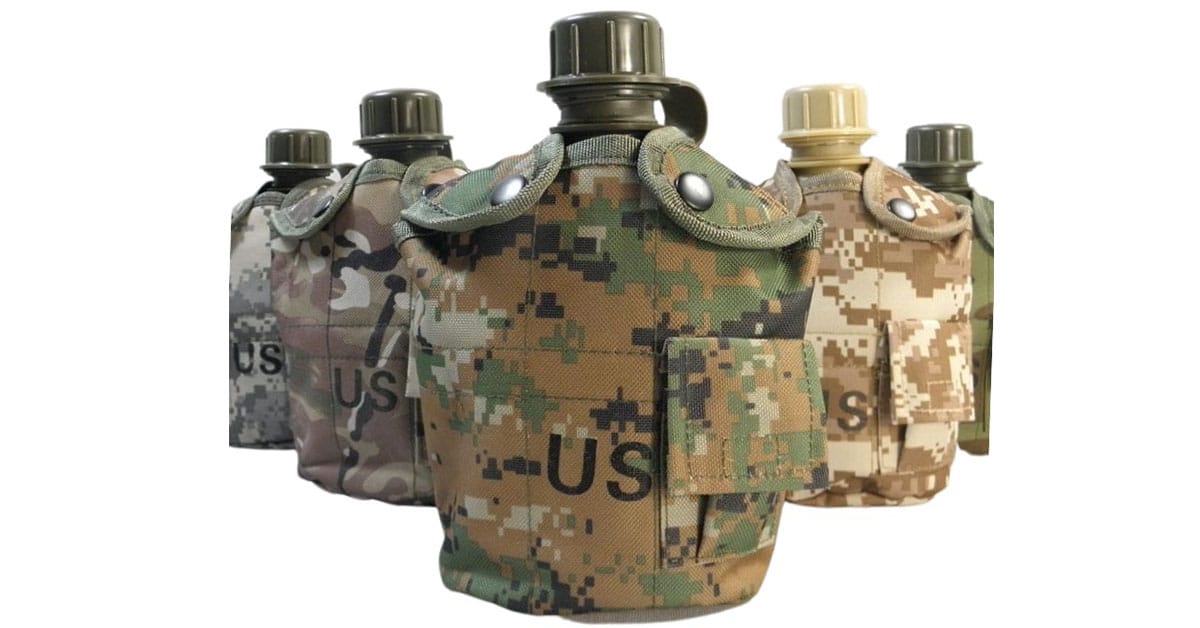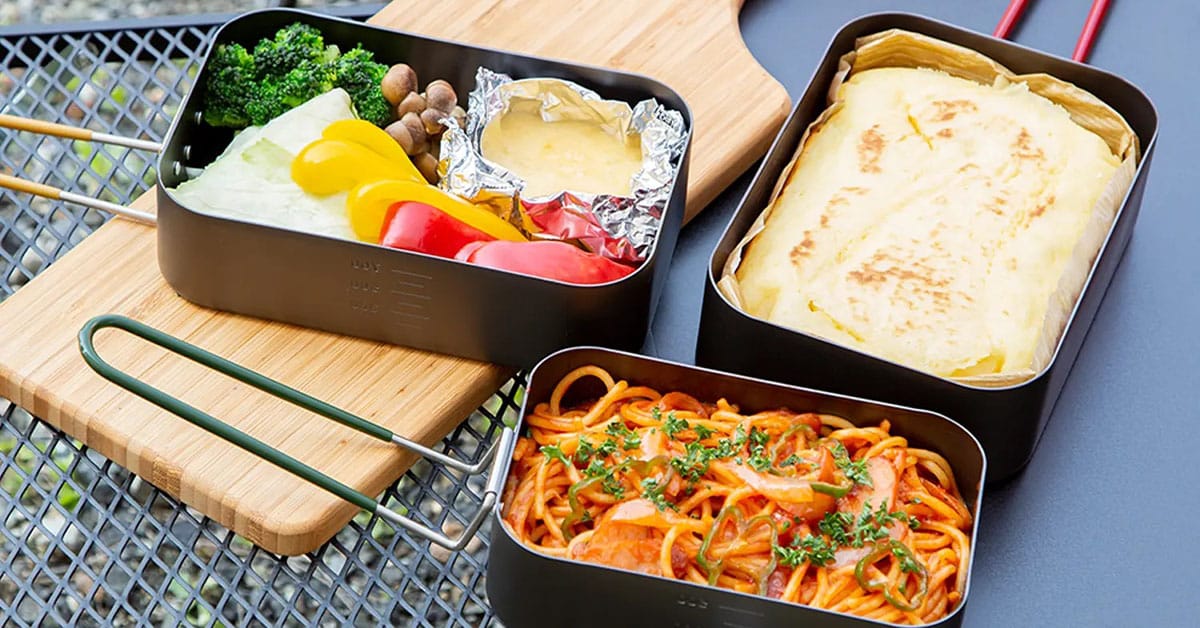In the world of tactical gear, gloves are not just an accessory—they’re an essential tool. Tactical gloves are designed to provide protection, comfort, and superior grip in challenging environments. However, with the wide range of options available, choosing the right pair can be overwhelming. This guide offers practical advice to help you select the perfect tactical gloves.
1. Understand Your Mission Requirements
The first step in choosing the right tactical gloves is to consider the environment and tasks they will be used for. Are you engaging in close combat, handling firearms, or performing outdoor survival tasks? Each scenario requires different features.
For high-impact activities, Hard Knuckle Tactical Gloves are a popular choice. These gloves feature reinforced knuckles made of carbon fiber or thermoplastic rubber (TPR), providing protection against abrasions, impact, and even potential fractures. They are particularly useful in situations where you may need to defend yourself or navigate through rough terrain.
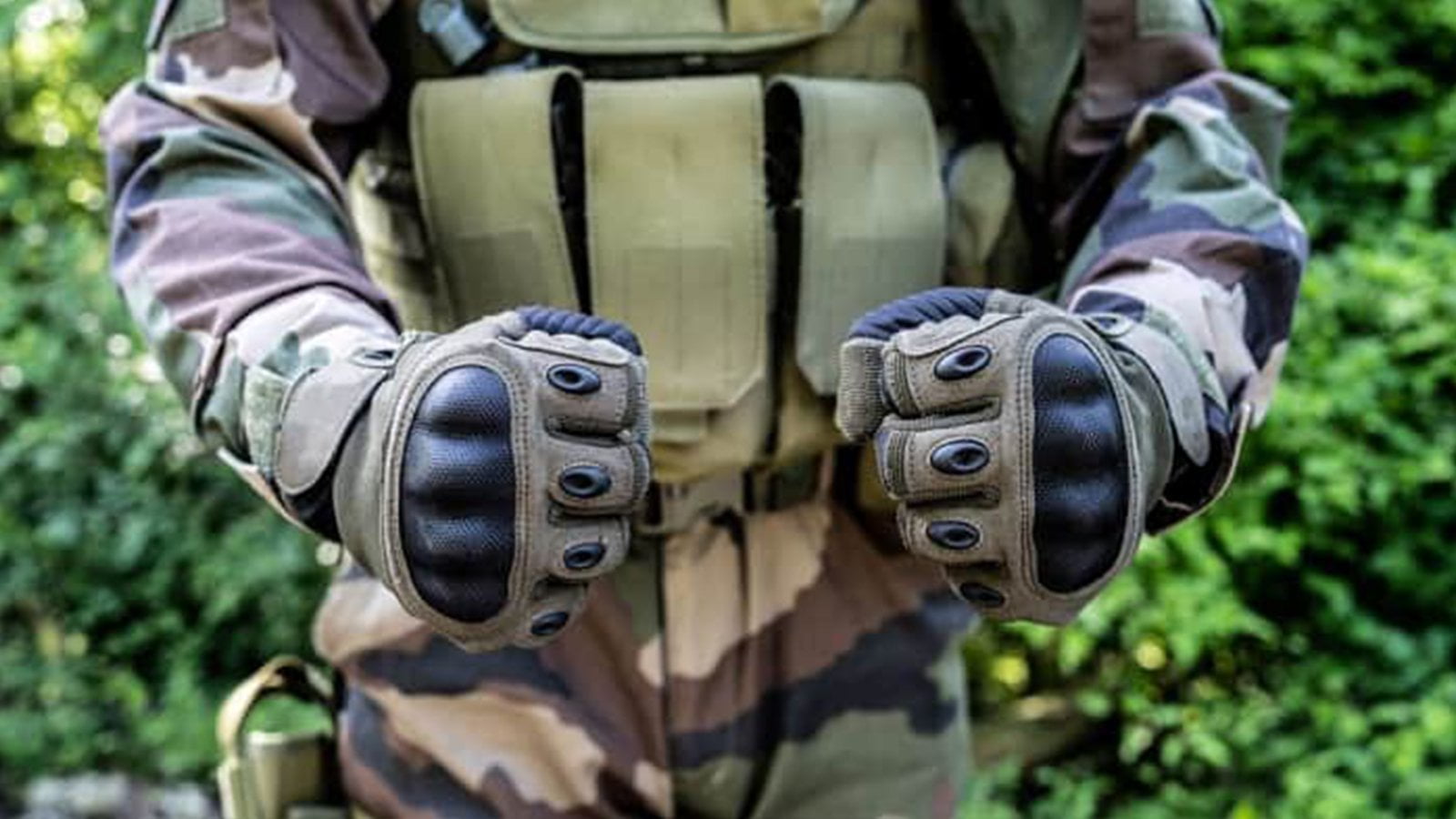
On the other hand, if you require gloves that allow for greater flexibility and fine motor skills, half tactical gloves might be more appropriate. These gloves leave your fingertips exposed, offering enhanced tactile sensitivity while still protecting your palms and the back of your hands. They are ideal for tasks that require precision, such as handling small tools or operating firearms.
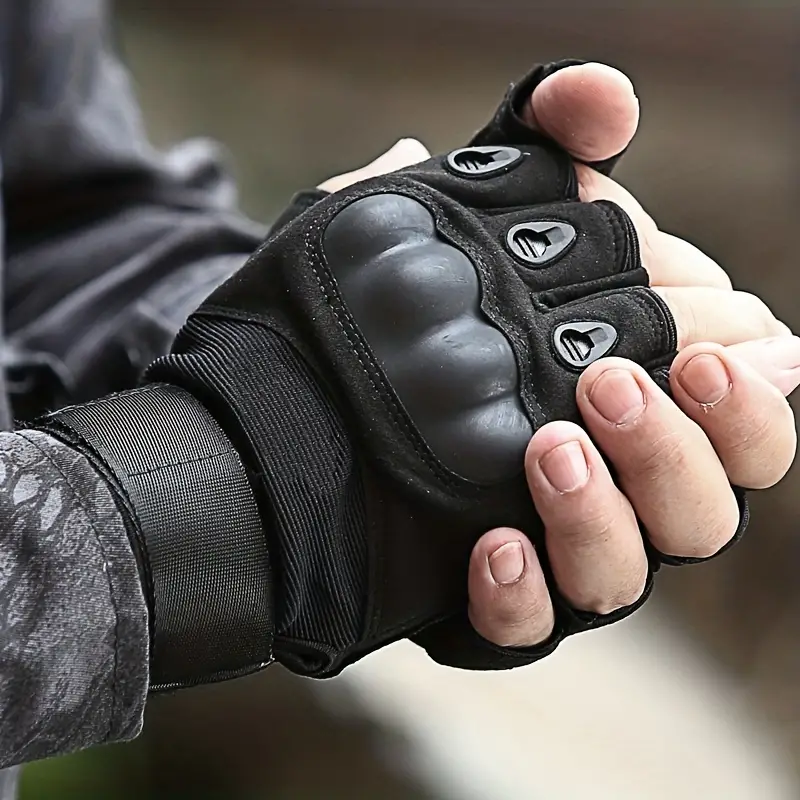
2. Material Matters
The material of your tactical gloves plays a crucial role in their performance. Common materials include synthetic leather, nylon, and neoprene, each offering distinct benefits.
Synthetic Leather: Known for its durability and resistance to wear, synthetic leather is commonly used in Hard Knuckle Tactical Gloves. It provides a good balance of protection and flexibility, making it suitable for a variety of tactical operations.
Nylon: Lightweight and breathable, nylon is often used in the construction of half tactical gloves. It offers flexibility and comfort, making it a great choice for warmer climates or prolonged use.
Neoprene: This material is known for its water-resistant properties and is often used in gloves designed for wet environments. Neoprene gloves provide a snug fit, keeping your hands dry while offering a degree of insulation.
When choosing the material, consider the climate and conditions you’ll be operating in. For instance, if you’re working in a hot, arid environment, breathable materials like nylon or a combination of mesh and synthetic leather may be more comfortable. In contrast, colder or wetter climates may require neoprene or insulated gloves.
3. Comfort and Fit
No matter how durable or protective a pair of tactical gloves is, if they don’t fit well, they won’t serve you effectively. Gloves that are too tight can restrict movement and reduce circulation, while those that are too loose can compromise your grip and tactile feedback.
When trying on gloves, pay attention to how they feel across your palm and fingers. Ensure that the gloves allow you to make a fist easily and that the fingertips aren’t too long or short. For half tactical gloves, the finger openings should sit comfortably without pinching or restricting movement.
Another aspect of comfort is the glove’s closure system. Look for adjustable wrist straps or Velcro closures that allow you to customize the fit. This ensures that the gloves stay securely in place during intense activities and can be easily adjusted as needed.
4. Grip and Dexterity
In tactical situations, a secure grip can be the difference between success and failure. The palms of many tactical gloves are reinforced with textured materials like rubber or silicone to enhance grip, even in wet or slippery conditions.
For Hard Knuckle Tactical Gloves, the grip should be robust enough to handle rough surfaces without slipping, yet flexible enough to allow for fine motor tasks. Half tactical gloves should provide a balance between grip and finger dexterity, allowing for precise movements without sacrificing protection.
Dexterity is also influenced by the glove’s overall design. Look for gloves with pre-curved fingers, which mimic the natural shape of your hand. This reduces the need for break-in time and ensures that the gloves are ready for action right out of the box.
5. Durability and Protection
The durability of tactical gloves is critical, especially in high-stakes environments. Reinforced stitching, double layers, and quality materials all contribute to a glove’s longevity.
Hard Knuckle Tactical Gloves should offer not only knuckle protection but also reinforced padding on the palms and fingers to protect against abrasions and impacts. For half tactical gloves, focus on the durability of the palm and wrist areas, as these are most susceptible to wear and tear.
It’s also worth considering additional protective features such as cut resistance, flame resistance, and even touchscreen compatibility, depending on your specific needs.
Conclusion
Choosing the right tactical gloves is a balance of protection, comfort, and functionality. Whether you opt for the robust Hard Knuckle Tactical Gloves or the versatile half tactical gloves, understanding your mission requirements and the specific features of each type will guide you to the best choice. Remember, the right gloves can enhance your performance, protect your hands, and give you the confidence to tackle any challenge that comes your way.Consult us.

